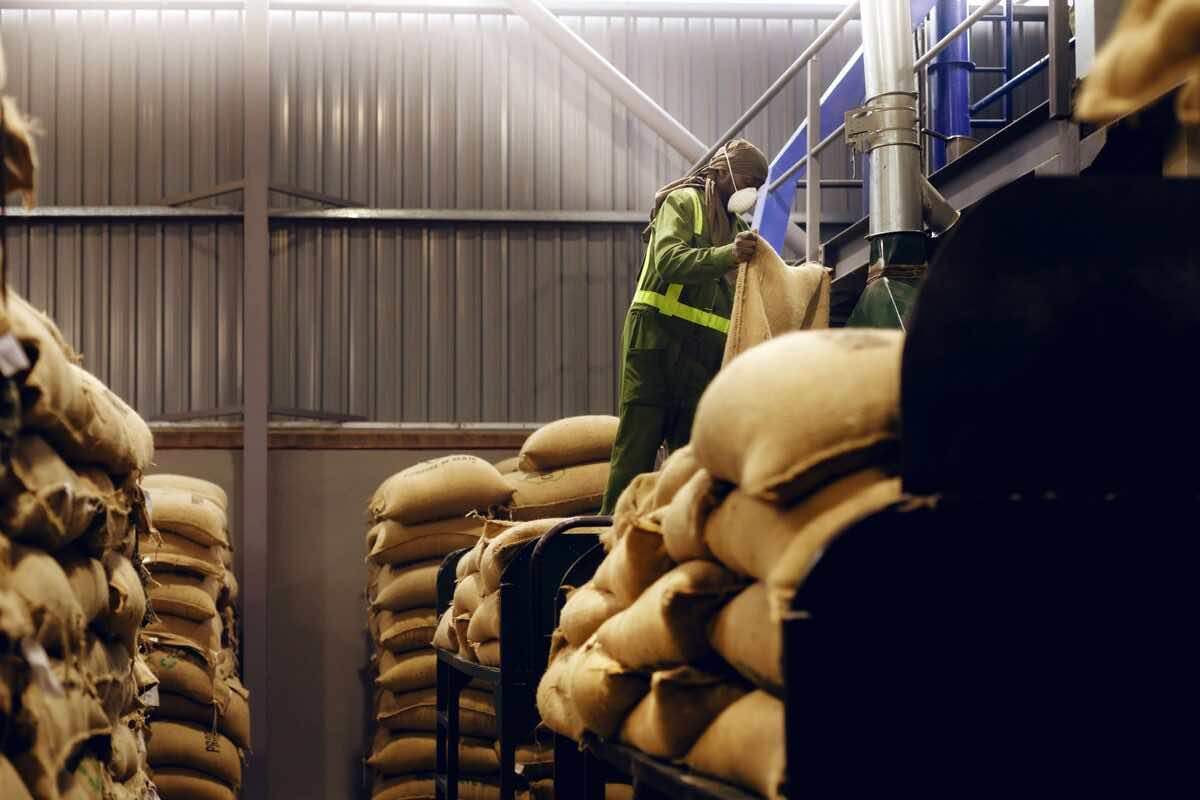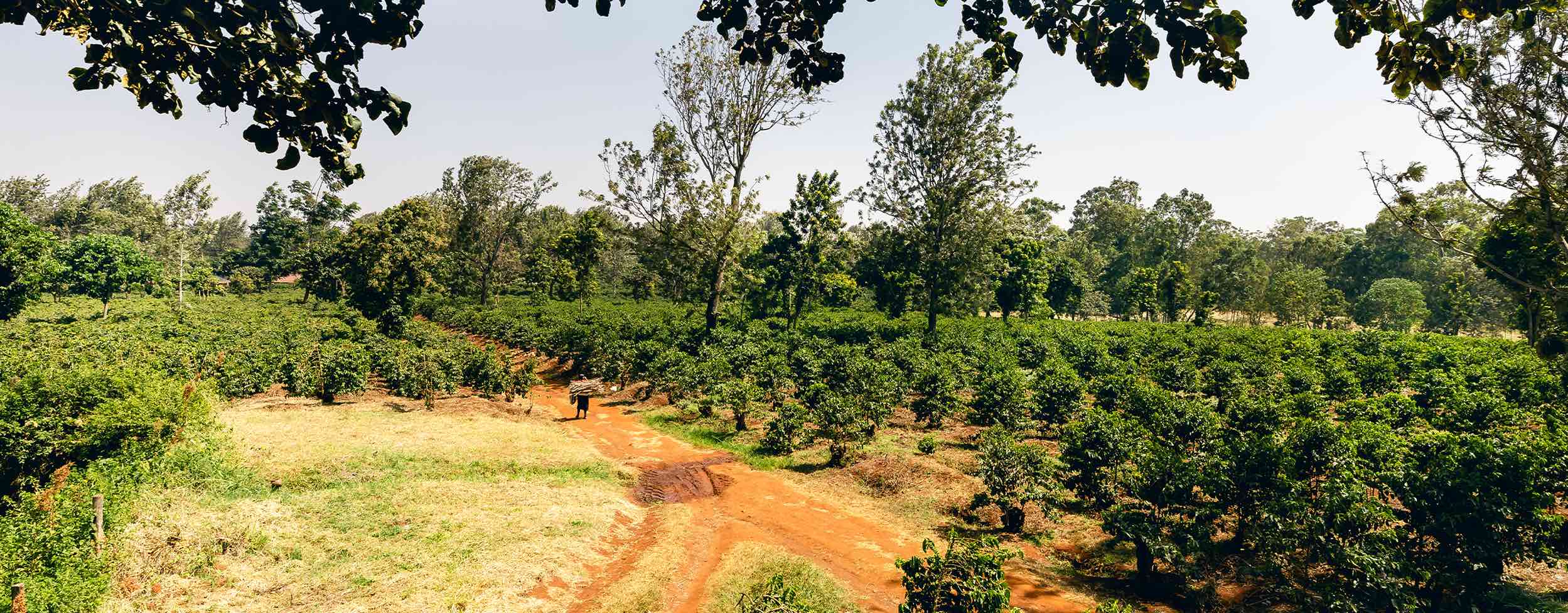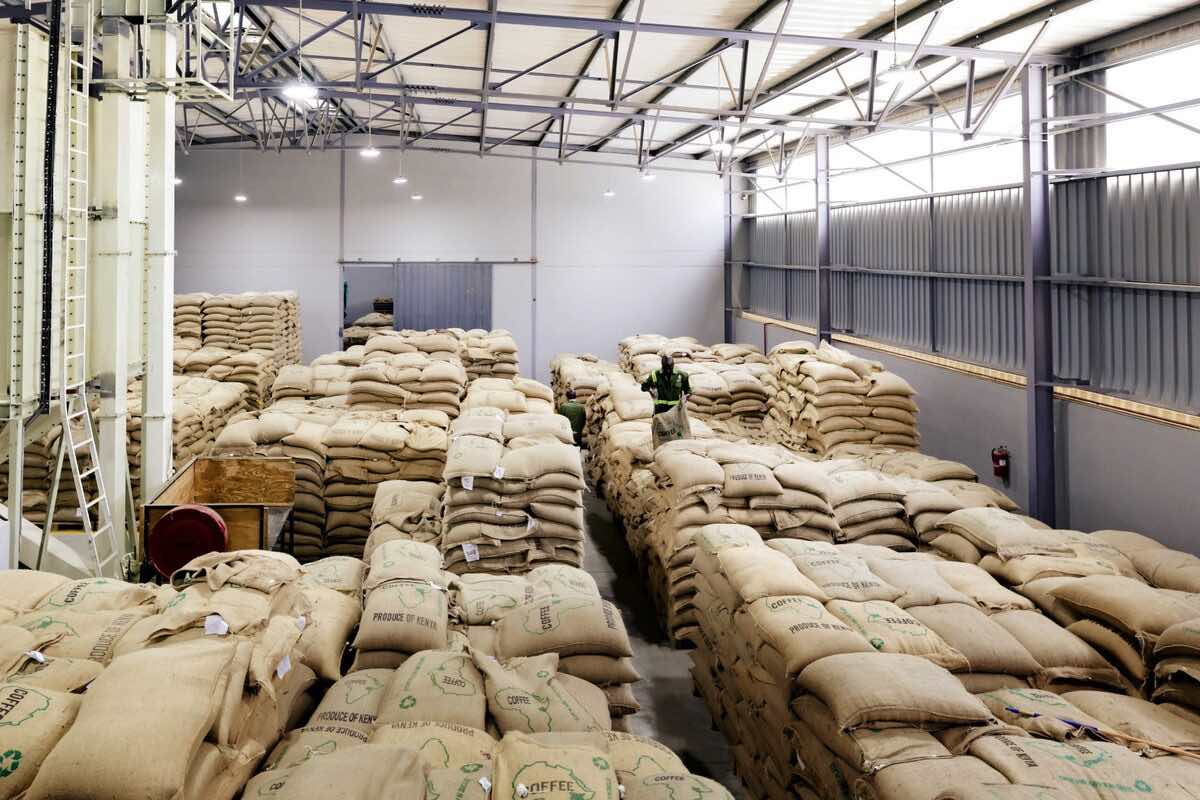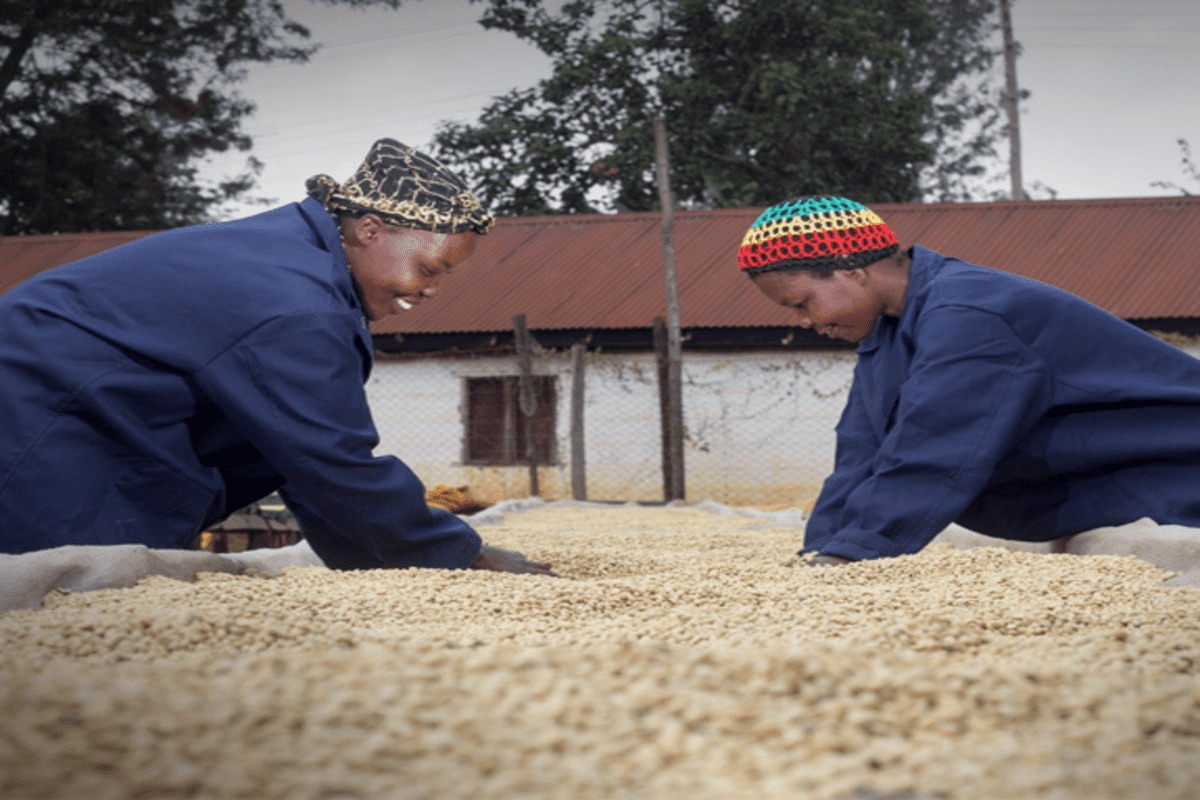
Exploring the Advantages and Limitations of Growing Rab C15 Coffee Variety
Analysis of Rab C15 Coffee Variety
The Rab C15 coffee variety originated in Brazil, one of the world’s largest coffee-producing countries. It was developed by the Brazilian Coffee Research Institute (Embrapa) through a breeding program aimed at improving disease resistance and cup quality in coffee varieties. Embrapa has been at the forefront of coffee research in Brazil, working to develop new varieties that can thrive in different environmental conditions and offer enhanced traits to benefit coffee farmers.
Rab C15 is the result of a cross between the cultivars ‘Rubi’ and ‘Icatu.’ ‘Rubi’ is known for its high resistance to coffee leaf rust, a devastating disease that affects coffee crops, while ‘Icatu’ is recognized for its adaptability and cup quality. By combining the desirable traits of these two cultivars, Embrapa successfully created Rab C15, which possesses disease resistance, adaptability to various climates, and excellent cup characteristics.
Since its development, Rab C15 has gained recognition not only in Brazil but also internationally, with coffee farmers and researchers exploring its potential in different coffee-growing regions. Its origin in Brazil, a country renowned for its coffee production, further adds to its credibility and establishes a strong foundation for its adoption and cultivation worldwide.
Rab C15 coffee variety has gained considerable attention in the coffee industry due to its unique characteristics and potential benefits for coffee farmers. Let’s delve deeper into the analysis of this variety:
1. Disease Resistance:
One of the most prominent advantages of Rab C15 is its resistance to common coffee diseases such as coffee leaf rust and coffee berry disease. This variety has demonstrated remarkable resilience, ensuring that farmers face fewer challenges in combating these destructive diseases. Consequently, farmers can significantly reduce their reliance on chemical interventions and safeguard their crops, thereby minimizing production losses.
2. Climate Adaptability:
Rab C15 exhibits remarkable adaptability to different climatic conditions. Whether it’s grown in high altitude regions or areas with fluctuating weather patterns, this variety thrives and consistently produces high-quality coffee cherries. The adaptability of Rab C15 empowers coffee farmers to explore new regions for coffee cultivation and diversify their operations, potentially increasing their overall production capacity.
3. Exceptional Cup Quality:
Beyond its practical advantages, Rab C15 delivers on taste. The coffee produced from this variety boasts distinct flavor profiles, often characterized by rich sweetness, balanced acidity, and pleasant floral notes. The superior cup quality of Rab C15 coffee opens doors to specialty coffee markets, where discerning consumers appreciate unique flavors and are willing to pay a premium. By cultivating Rab C15, farmers can tap into this lucrative market segment and increase their profitability.
Limitations of Rab C15 Coffee Variety:
1. Limited Genetic Diversity:
While Rab C15 offers numerous advantages, it’s important to note that it has a relatively narrow genetic base. This can lead to concerns about genetic vulnerability, making the crop susceptible to future pests or diseases that may emerge. Coffee farmers interested in growing Rab C15 should consider implementing crop rotation strategies and actively participate in breeding programs to maintain genetic diversity and reduce the risk of long-term crop failure.
2. Initial Investment and Training:
Transitioning to Rab C15 cultivation may require an initial investment for farmers, particularly if they need to replace existing coffee plants with this variety. Additionally, farmers may require specialized training to understand the unique requirements of Rab C15, such as appropriate fertilization and pruning techniques. However, these costs and efforts are often offset by the long-term benefits and potential profitability associated with Rab C15 cultivation.
3. Market Demand and Supply:
Although Rab C15 coffee holds great potential in specialty markets, it is important to assess the demand and supply dynamics before committing to large-scale cultivation. The availability of premium buyers, the establishment of reliable supply chains, and market trends should be thoroughly analyzed. Conducting market research and establishing partnerships with coffee roasters and distributors are crucial steps to ensure a stable market for Rab C15 coffee and avoid potential oversupply situations.
Conclusion:
Rab C15 coffee variety offers coffee farmers numerous advantages, including disease resistance, adaptability to different climates, and exceptional cup quality. However, farmers should carefully consider the limitations associated with the variety, such as limited genetic diversity and initial investment requirements. By understanding both the advantages and limitations, coffee farmers can make informed decisions about integrating Rab C15 into their farming practices. Through strategic planning, crop management, and market analysis, farmers can unlock the full potential of Rab C15 and reap the rewards of cultivating this exceptional coffee variety.






